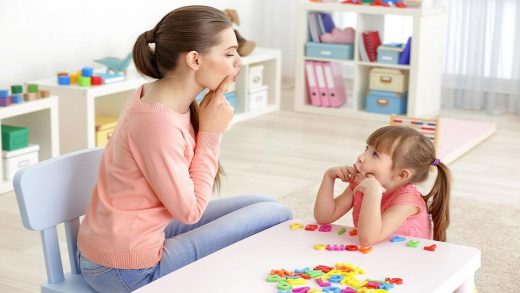Speech pathology experts and speech therapists will all tell you that, whilst a parent might regard their child’s first word as the first milestone in their journey to communicating, it is not. Before a child utters the word ‘dadda’ or ‘mamma’ or whatever that first word might be, they will have demonstrated numerous other language and communication behaviours.
Bear in mind that a child will normally say its first word from around the time it is 12 months old, so that means there is a whole year beforehand for it to begin developing language and communication skills. What might seem to a parent like an adorable action by their 6-month-old baby, such as them ‘cooing’, will also be a sign that they are developing as expected regarding communicating.
Now, when we say communicating, we are not talking about a child who is less than 12 months old having a conversation or even saying a word, but instead, that child displaying actions, behaviours, and signs that, in linguistic terms, it is learning and developing. Outlined below are 7 such communication skills that speech pathology experts tell us that parents should expect to see from their children.
Attention/Joint Attention: Attention occurs when a child can be seen focussing on something such as a new toy, or they recognise a familiar voice, sound or song and remain attentive to it for some time. Double attention is when the child can show attention to both an object or activity and another person such as watching another child play with a toy or an adult singing.
(more…)


